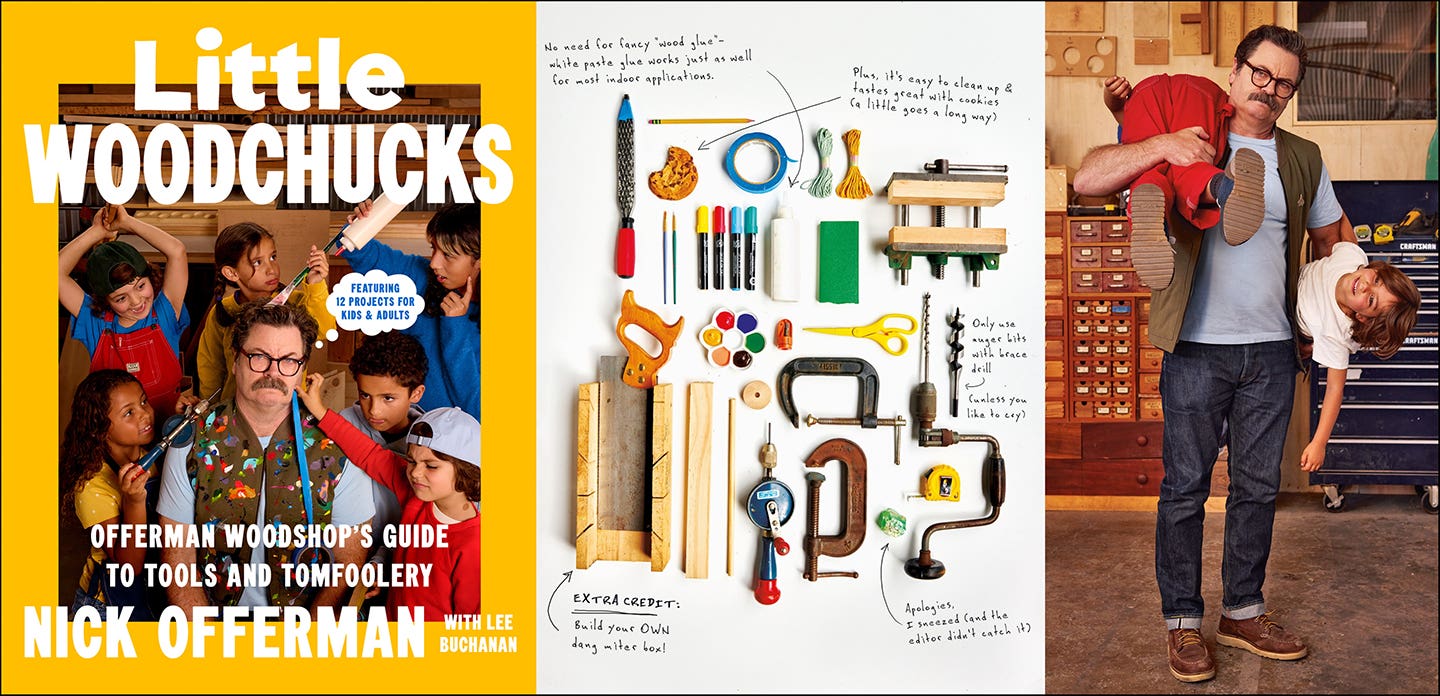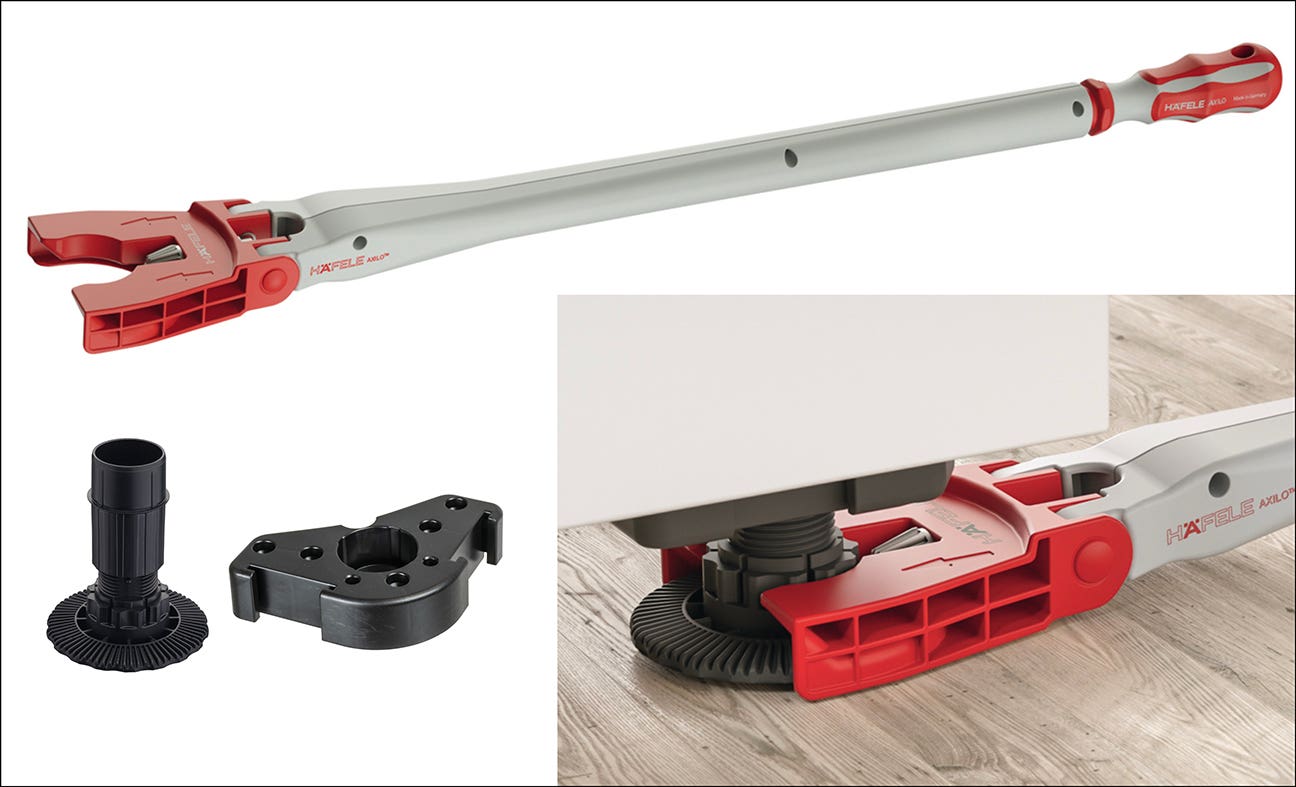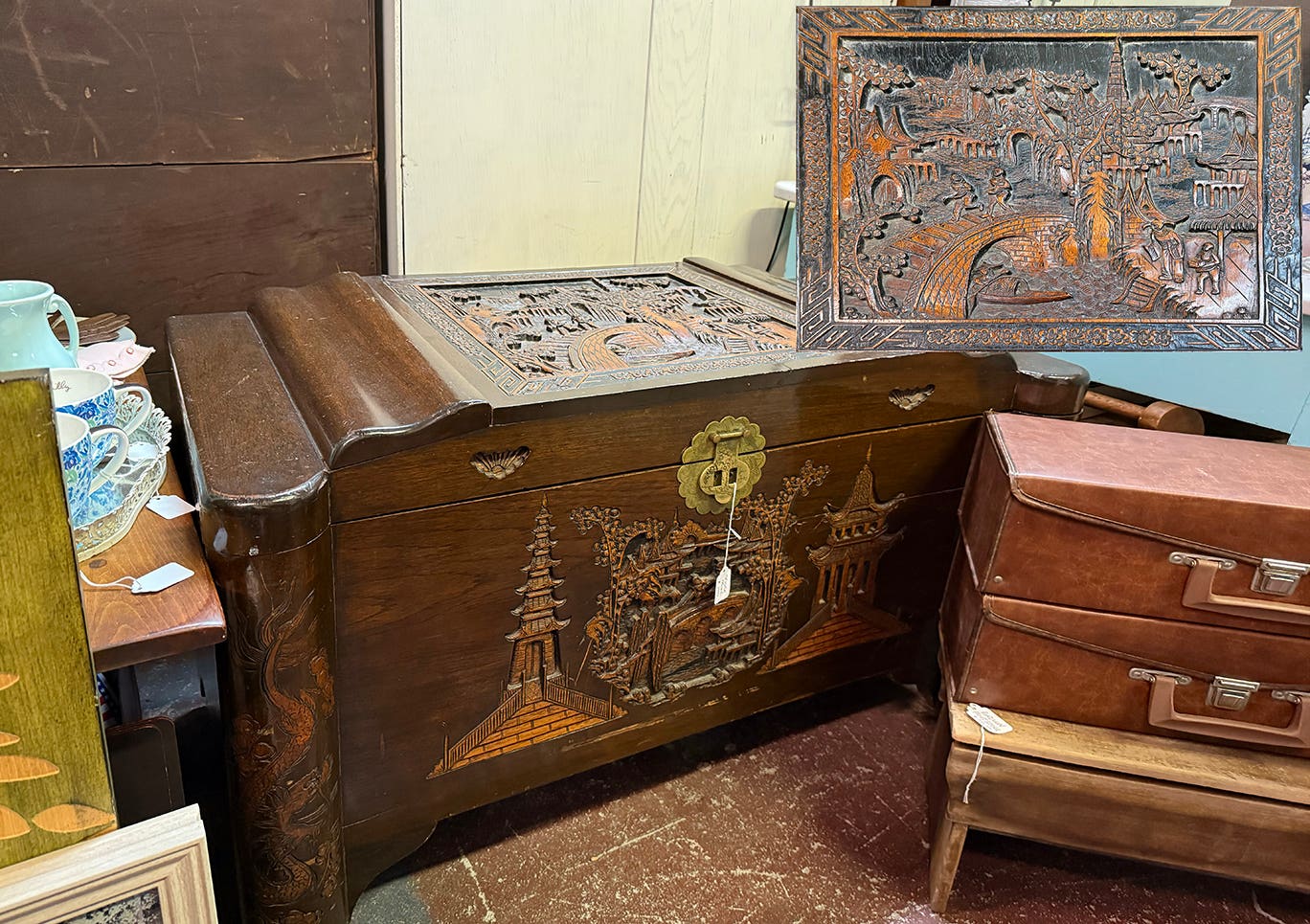Almost beyond repair
I normally make things in the shop. Recently, I had the experience of remaking something. I dont mean creating a reproduction, but rather rebuilding something so badly broken the word…
I normally make things in the shop. Recently, I had the experience of remaking something.
I dont mean creating a reproduction, but rather rebuilding something so badly broken the word restoration didnt fit. Ive always thought of restoration as repairing finishes or components, tightening loose joints, or maybe even replacing missing of damaged parts. But the small oval table my wifes cousin asked if I could fix was more than that. My first clue should have been the zippered freezer bag containing several small pieces and a handful of chunky splinters.
The table was smashed when someone fell against it, forcing its heavy marble top down and sideways. Construction-wise, the table consisted of a carved oval skirt on which the marble top rested. The skirt was supported by a pedestal base, consisting of four butterfly-shaped legs attached to a central turned spindle. The entire thing was solid mahogany, and although fairly well made it was neither particularly old nor valuable square-drive screws attaching the skirt and speckle-spray finish common to mass-produced furniture were just two clues. However, it did have sentimental value so I promised to do my best.
Damage was extensive. One leg had broken free of the spindle, taking part of the spindle with it (more of the spindle was in splinters in that bag). The leg was split in two. The skirt consisted of four curved sections and had separated on one side.
I didnt have the time or materials for a proper restoration; if so I would have turned a new central spindle, rebuilt the table, then stripped and refinished the whole thing. But it was part of a set and there was no way I could match that speckle finish properly. So most of the repair work consisted of rebuilding the components like a puzzle adding, gluing, clamping broken pieces one at a time and hiding the repair.
That split leg glued up nicely, and a hidden countersunk screw from the inside (hidden by the skirt) gave added strength. The legs had been attached with dowels, so I drilled them out and added new ones a hair larger than the originals and enlarged the holes in the spindle to match. Gluing and clamping the leg back in place was straightforward. The skirt separation was trickier. A simple re-glue wouldnt do it, so I countersunk an angled screw through the top surface, which would be hidden by the marble top, then another underneath the skirt in the other direction.
When all the clamp-ups were dry, I filled the cracks very small after clamping and added a matching stain to hide them. A bit of wax add the right sheen to the stained filler.
The end result was very strong, and for not doing a full refinish it looked darned good. Im told that with the marble top back in place, it looks good as new.
As I said, its not the way I would have done it if Id had more time, but the shortcuts I took along with the added (and now invisible) screws for strength, the end result came out just fine.
Till next time,
A.J.
A.J. Hamler is the former editor of Woodshop News and Woodcraft Magazine. He's currently a freelance woodworking writer/editor, which is another way of stating self-employed. When he's not writing or in the shop, he enjoys science fiction, gourmet cooking and Civil War reenacting, but not at the same time.







